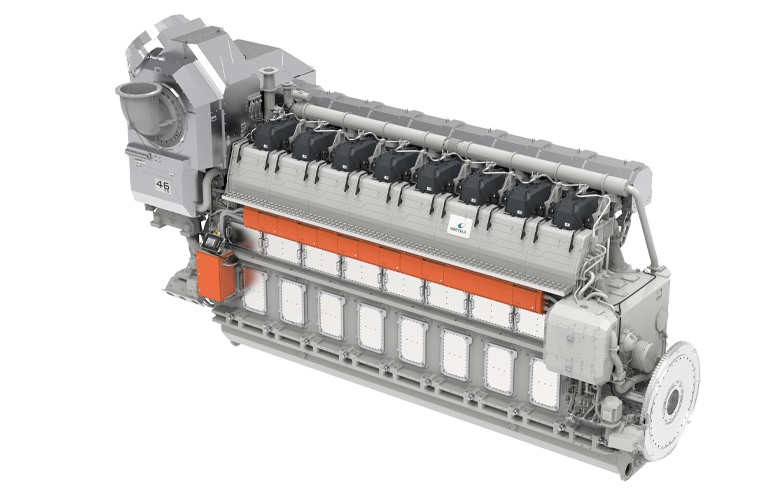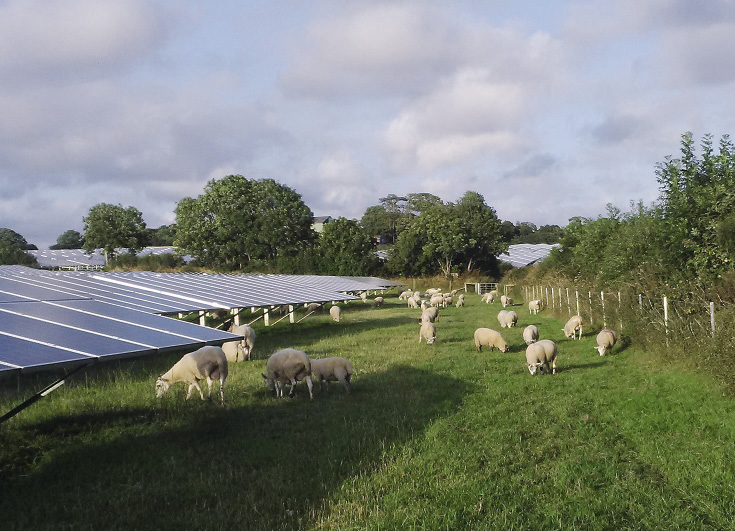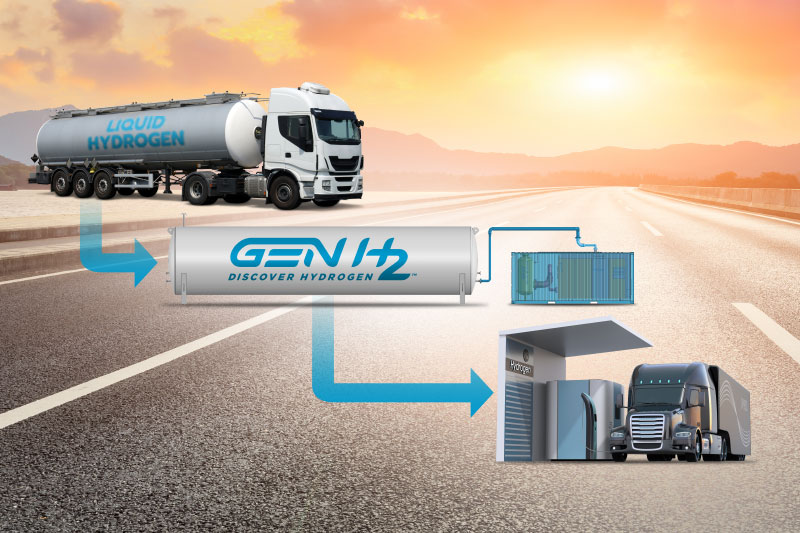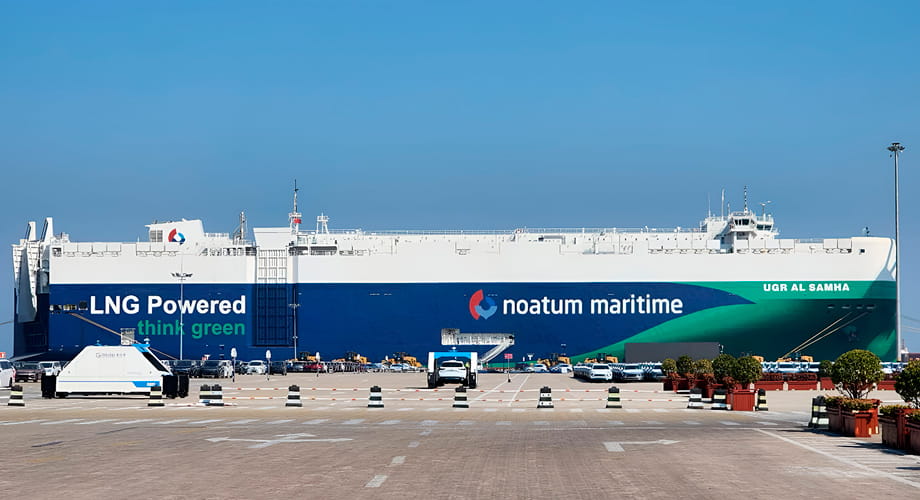Netherlands – ACM: additional measures are needed for affordable network tariffs for hydrogen transport
Netherlands – ACM: additional measures are needed for affordable network tariffs for hydrogen transport Hydrogen is considered an important link in the energy transition, because it can serve as a […] The post Netherlands – ACM: additional measures are needed for affordable network tariffs for hydrogen transport appeared first on Hydrogen Central.

Netherlands – ACM: additional measures are needed for affordable network tariffs for hydrogen transport
- ACM explores how it can contribute to the development of the hydrogen market as well as to affordable network tariffs.
- Without any additional measures, hydrogen network tariffs can increase considerably as a result of lagging hydrogen volumes and higher investment costs.
- ACM calls on all market participants involved to respond.
Hydrogen is considered an important link in the energy transition, because it can serve as a sustainable energy carrier in sectors that are difficult to electrify. Yet, the market for hydrogen is getting off to a slow start, because of various reasons. One of those reasons is the uncertainty about the tariffs for the transport of hydrogen through a network of pipes. Since hydrogen volumes are lagging behind, and investment costs are higher than expected, the tariffs for the hydrogen transport network can increase considerably without any additional measures. For the next few years, the Dutch Ministry of Climate Policy and Green Growth (KGG) sets the tariffs that users of the hydrogen network must pay. Starting in 2033 at the latest, the Netherlands Authority for Consumers and Markets (ACM) sets these tariffs on the basis of the actual costs. In a market report, ACM explored how it can help develop the hydrogen market as well as help realize affordable hydrogen network tariffs.
Manon Leijten, Member of the Board of ACM, says:
ACM wishes to help develop the hydrogen market by doing what is within its power to keep the tariffs for hydrogen transport as low as possible.
“We also see that the challenges are broader than just the regulation of the hydrogen transport network. A cohesive set of measures is needed, where all parties involved, meaning the government, network operators as well as other market participants, do their part.”
Hydrogen volumes are crucial, also for affordable transport tariffs for hydrogen
Recent projections by Dutch transmission system operator Gasunie reveal that the costs for the roll-out of the hydrogen transport network are likely to more than double in comparison with the previous projection. At the same time, the expected hydrogen volumes that are transported through the network are significantly lagging behind: 1 to 1.5 GW instead of the previously expected 4 GW in 2030. As a result of the higher costs for installing the network as well as the decrease in the expected volumes, businesses potentially have to pay much higher tariffs for the transport of hydrogen from 2033 and beyond.
In the market report, ACM points out that policy measures that are aimed at increasing hydrogen volumes transported through the network are crucial, not only to get the hydrogen chain off the ground, but also to have an affordable hydrogen transport network. In that process, it helps if the costs for the installation of the hydrogen network and the volume trends are not out of step with each other too much. In that context, ACM believes it is reasonable that Gasunie/Hynetwork, responsible for the development of the hydrogen transport infrastructure in the Netherlands, can ask for commitments from users (current and future ones) before it makes definitive investment decisions on the installation of parts of the hydrogen transport network.
Mitigating tariffs in the startup phase by spreading costs over a longer period of time
ACM has several options for keeping the amount of the tariffs affordable in the startup phase of the market development. ACM will take full advantage of these options, but, even so, it cannot prevent a tariff increase. That will require additional measures. For example, European regulations on hydrogen give Member States the option of an ‘intertemporal cost allocation’. This means that Member States are able to allow hydrogen network operators to recoup the costs for the installation of hydrogen transport networks through network access tariffs by spreading these costs over a greater period of time. If the Dutch legislature makes this possible, ACM will implement such a mechanism in its regulation. This will help get the market off the ground in a startup phase, and it will help towards a fairer distribution of the initial costs of the network’s roll-out between the first users and future users.
In addition, the Dutch government has other options if it wants to keep the amount of the tariffs affordable in the startup phase. For example, it can offer direct subsidies to Gasunie/Hynetwork. The government can also offer indirect support in the form of, for example, guarantees on loans.
READ the latest news shaping the hydrogen market at Hydrogen Central
Netherlands – ACM: additional measures are needed for affordable network tariffs for hydrogen transport, source
The post Netherlands – ACM: additional measures are needed for affordable network tariffs for hydrogen transport appeared first on Hydrogen Central.
What's Your Reaction?








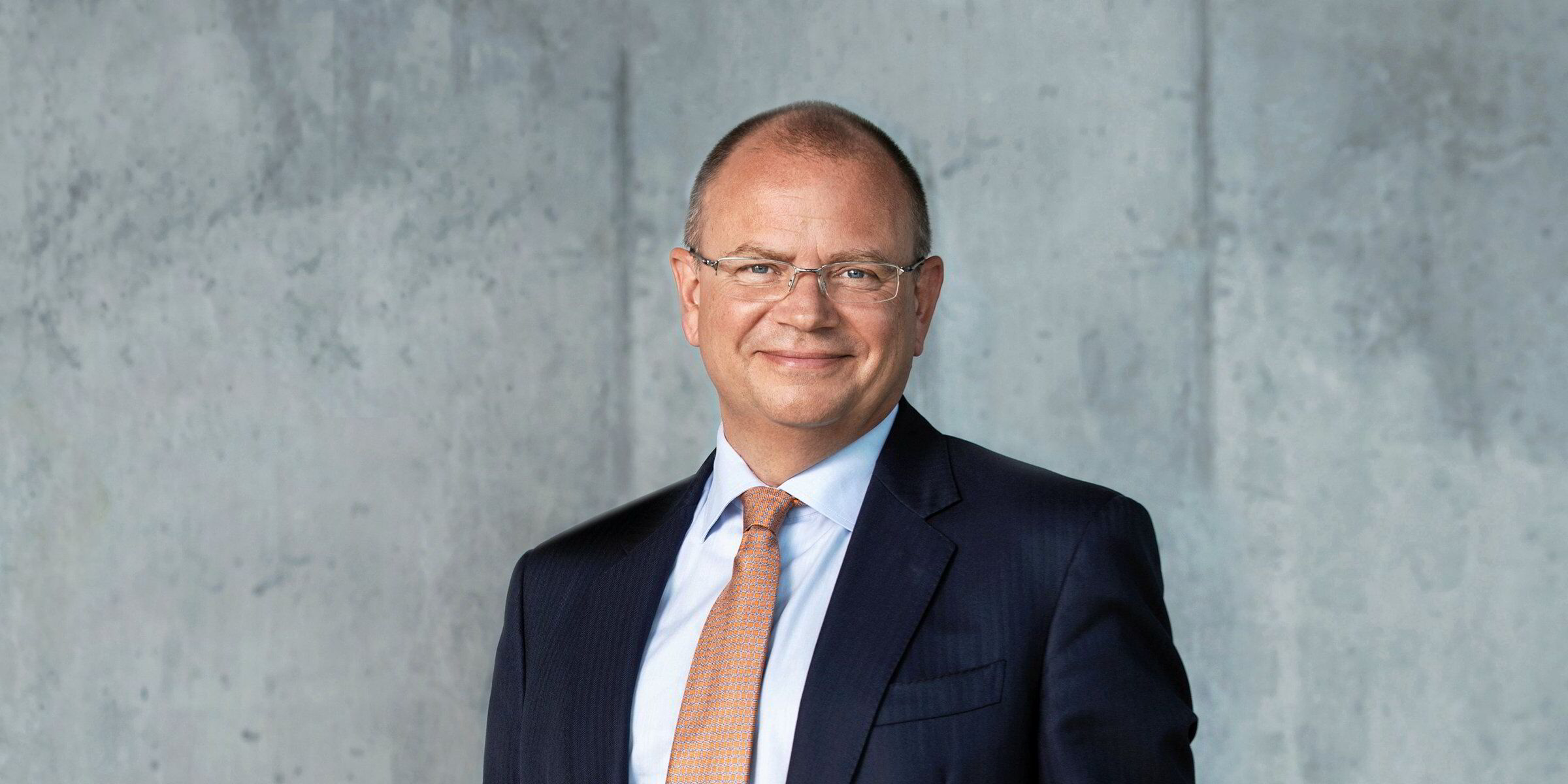

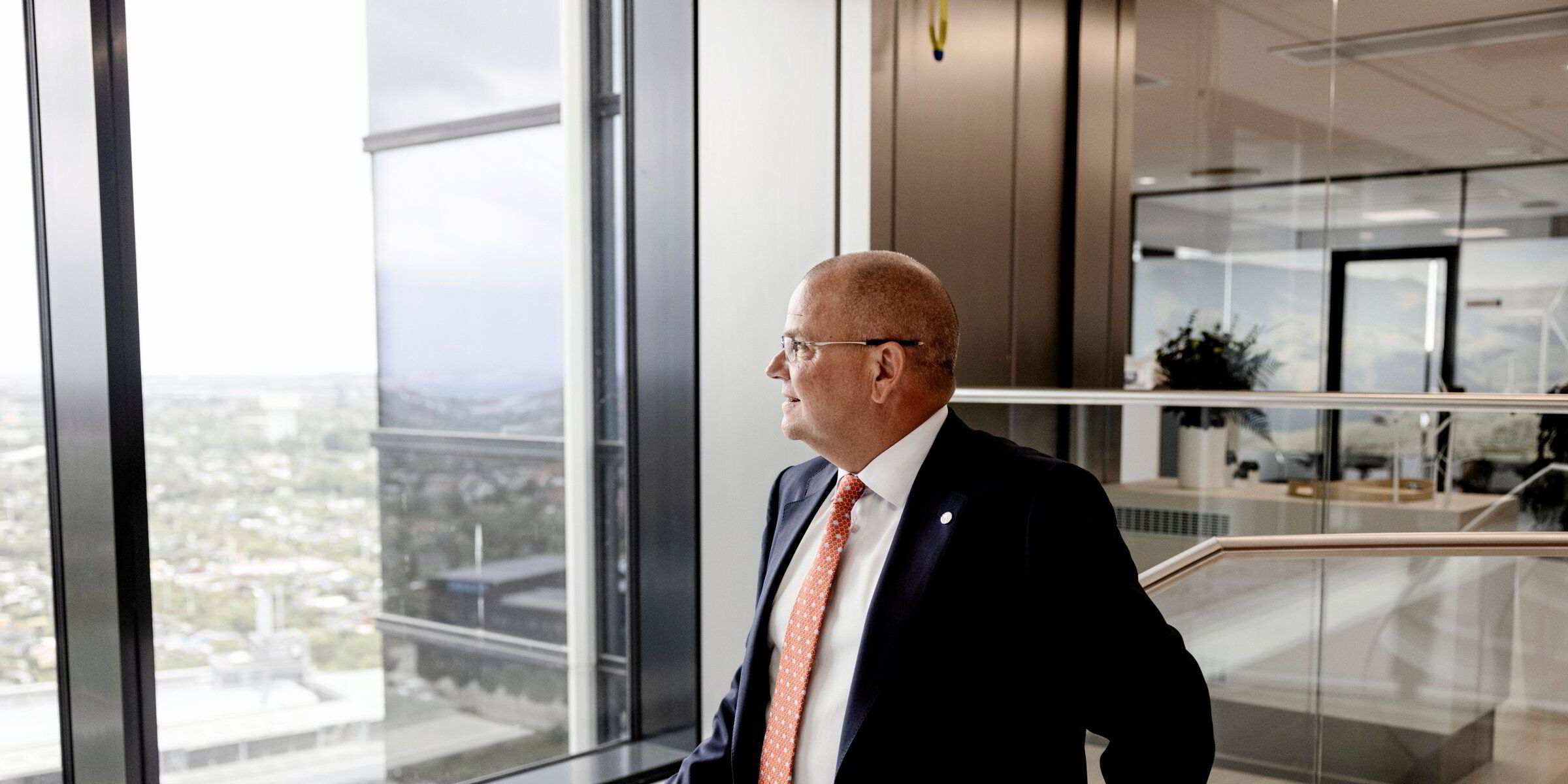

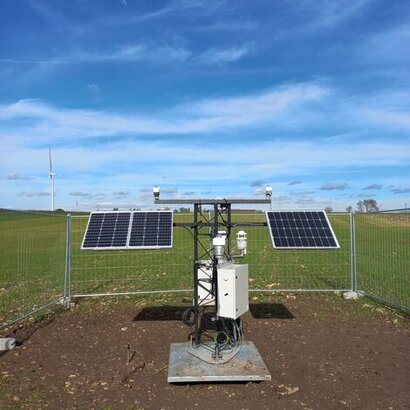
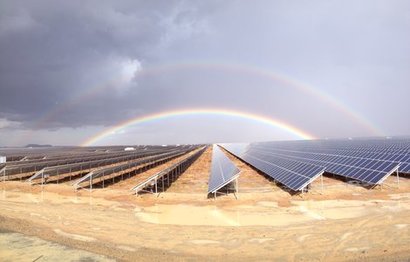





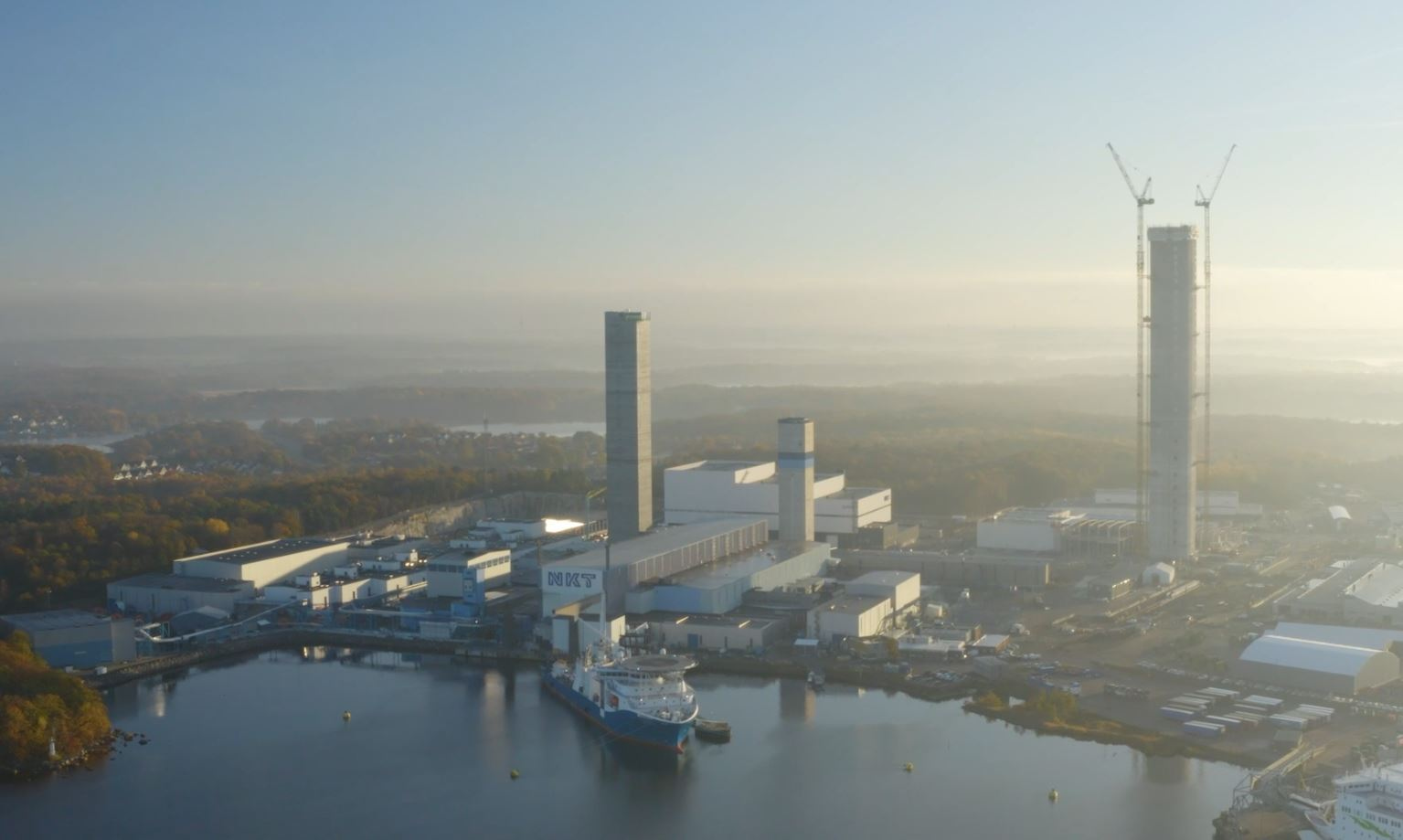

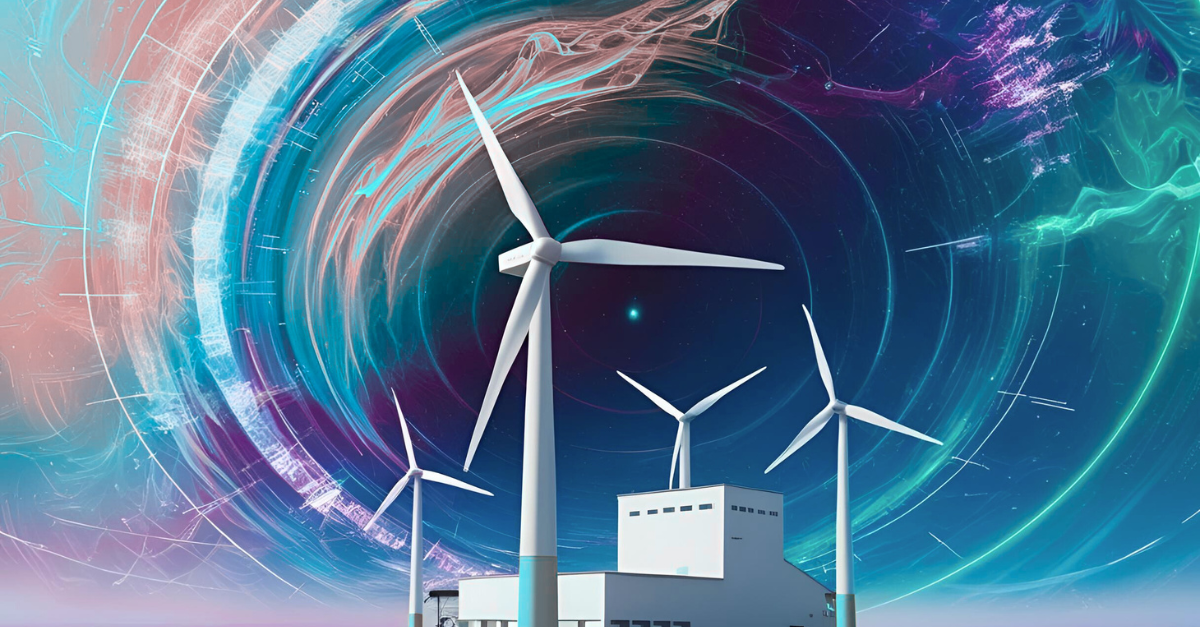

![[Upcoming Webinar] Addressing the Wind Industry's €25 Billion Annual Wake Loss Problem](https://www.windesco.com/hubfs/Swarm%20webinar%20cover%20image.png)






